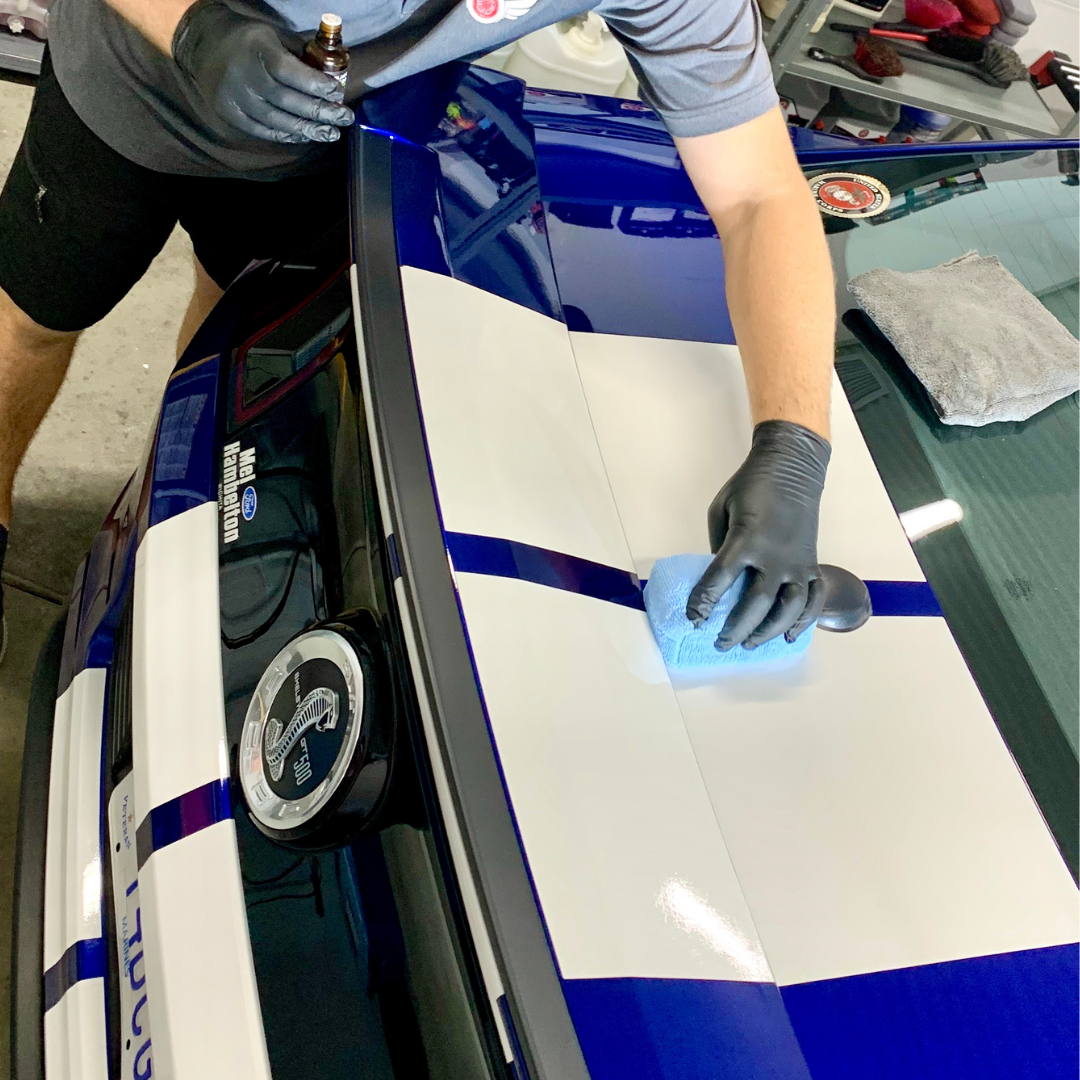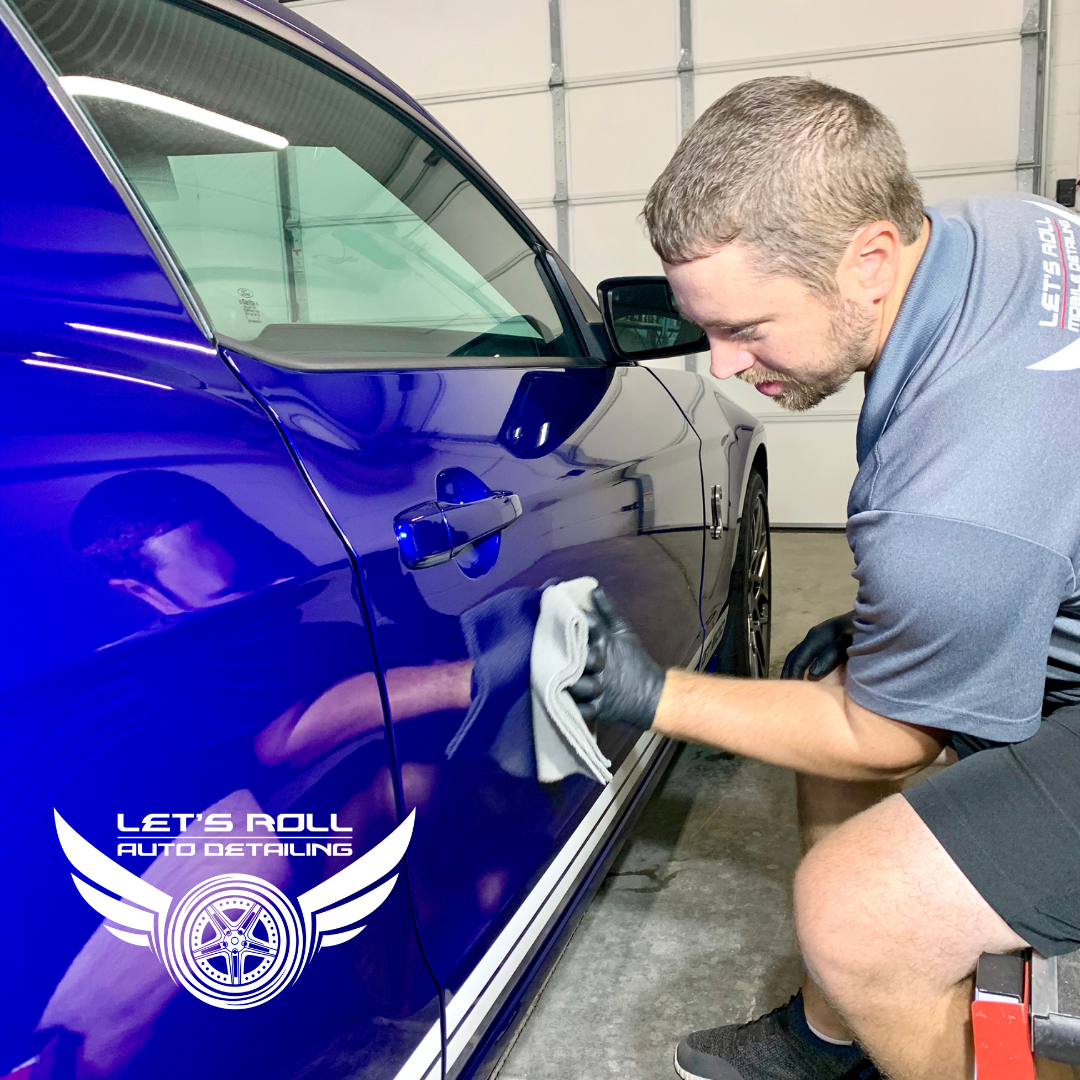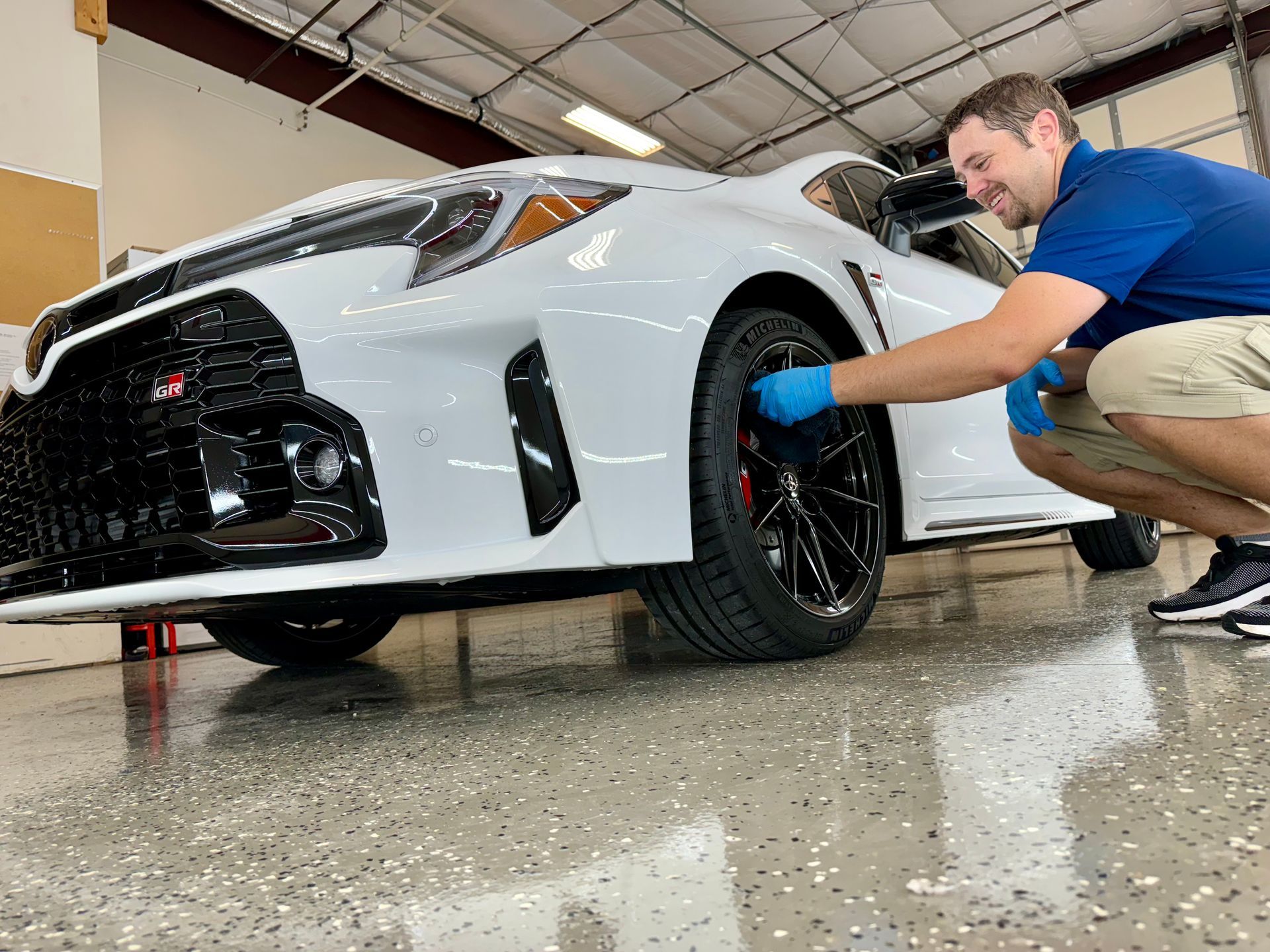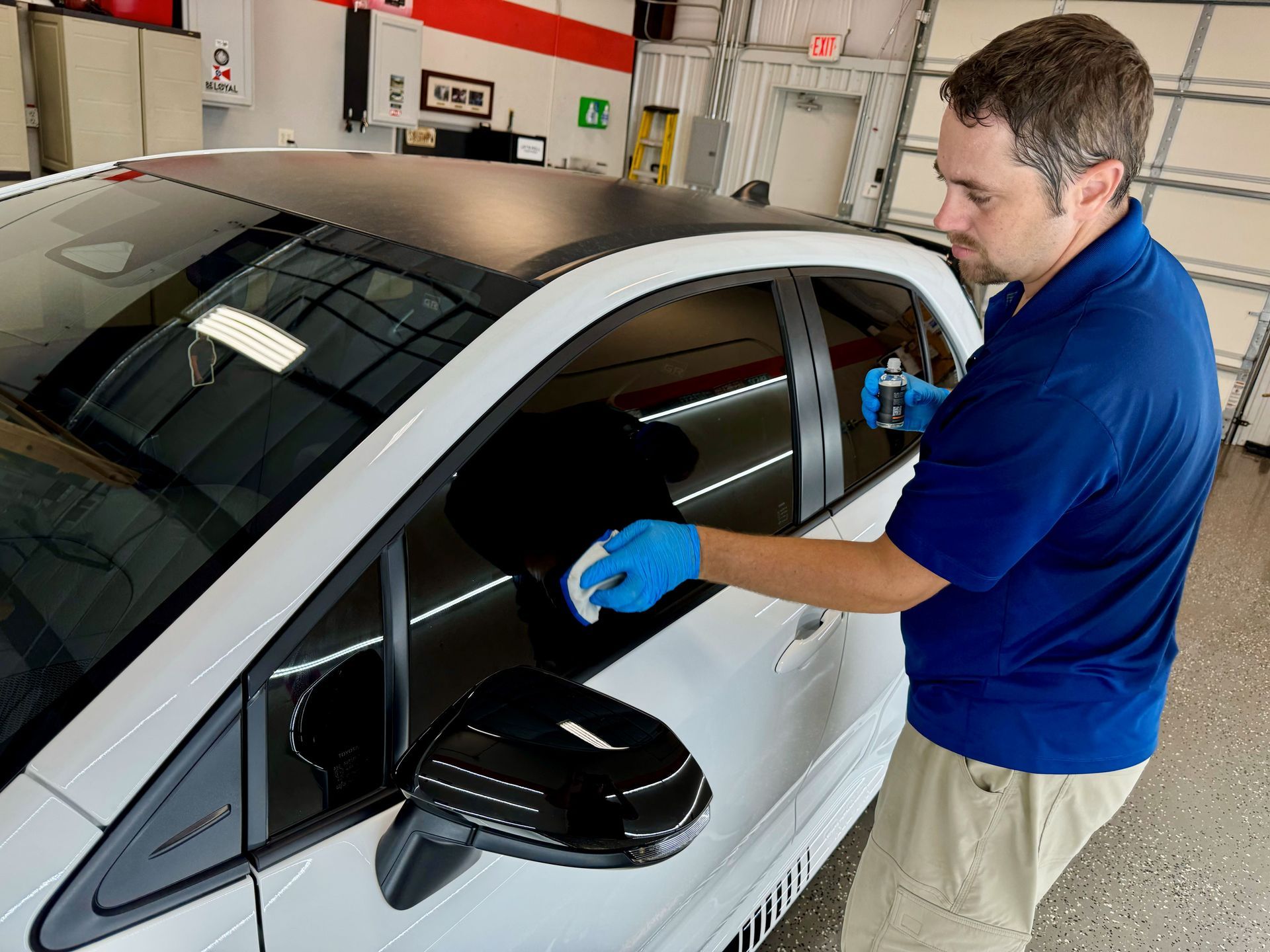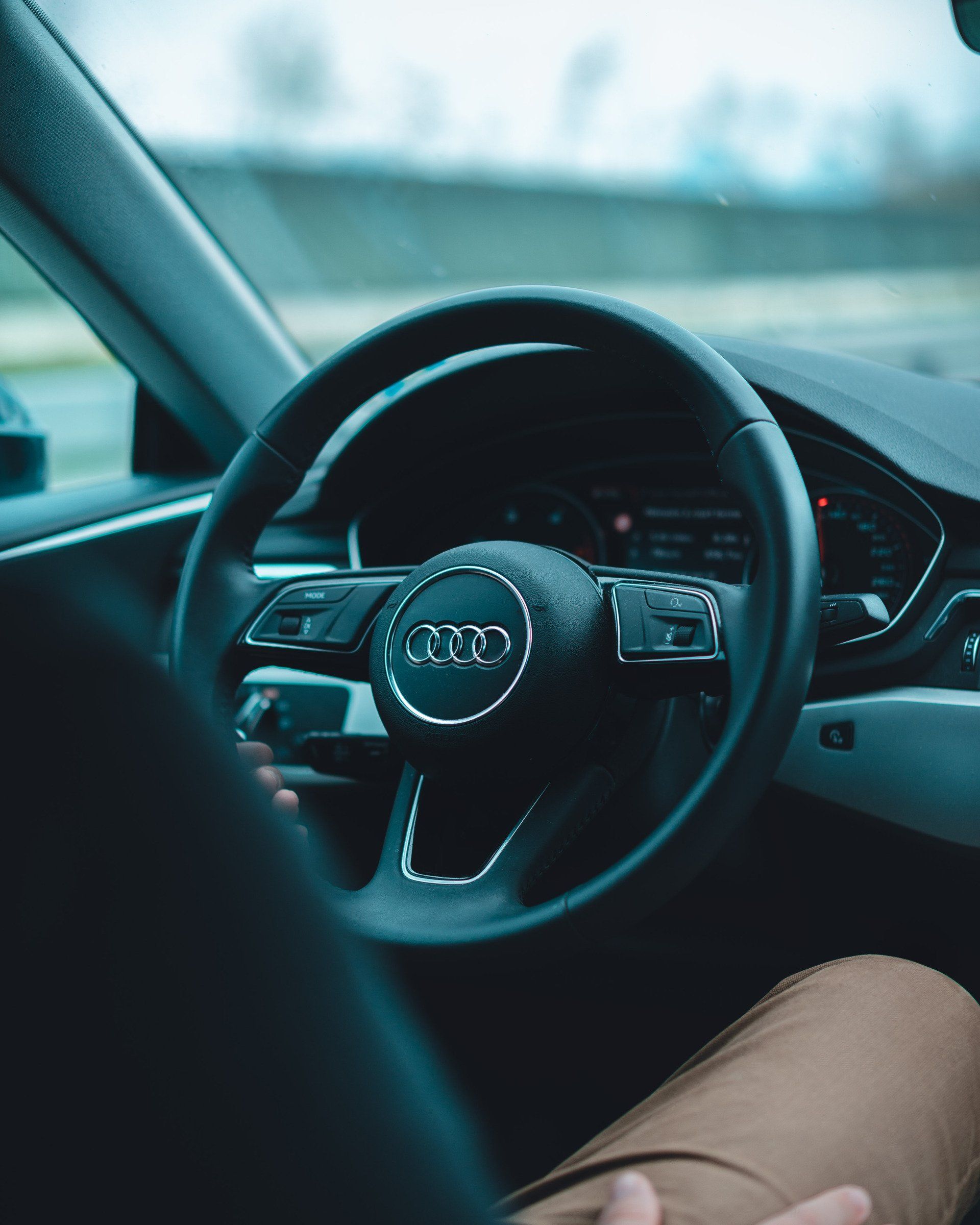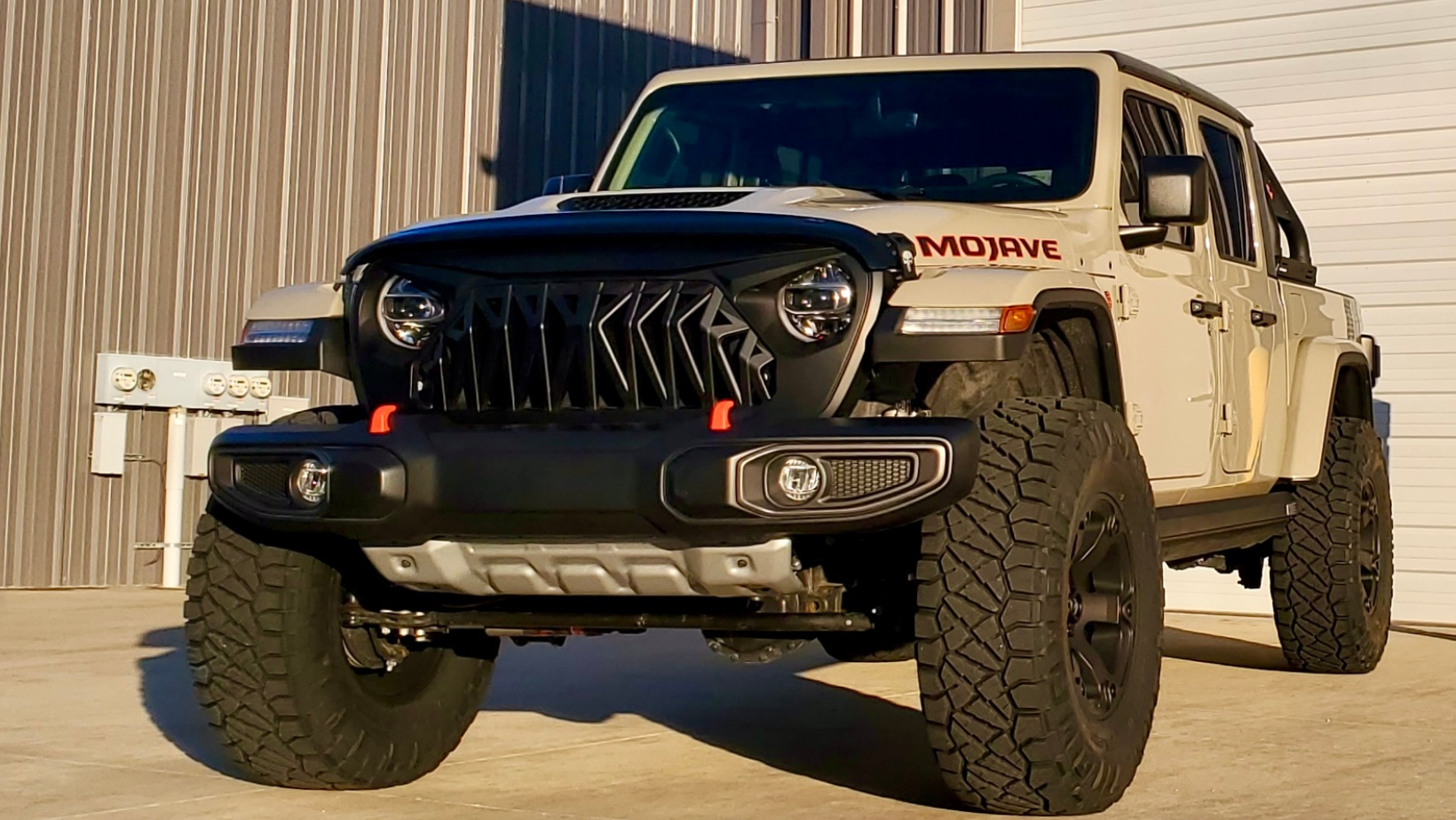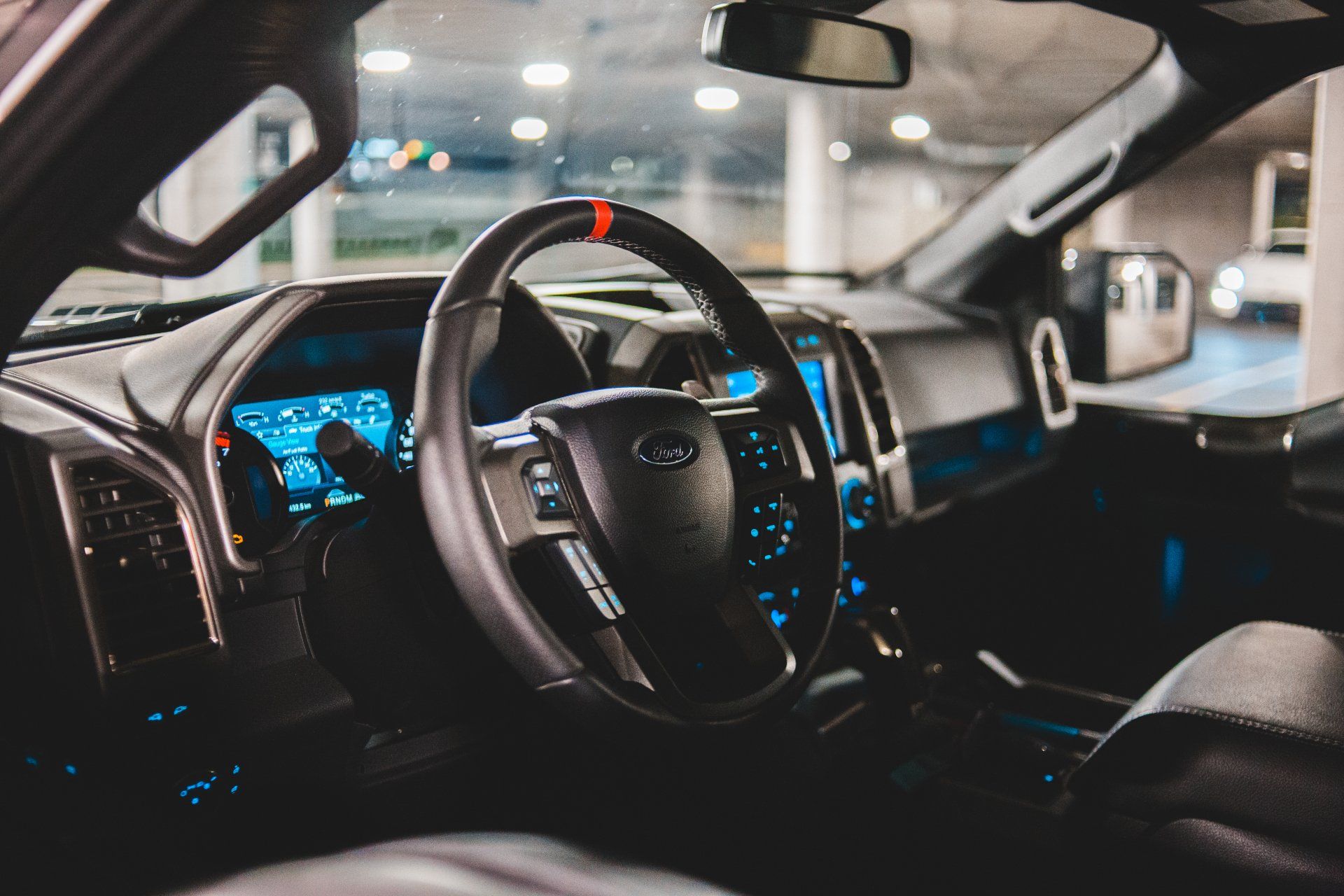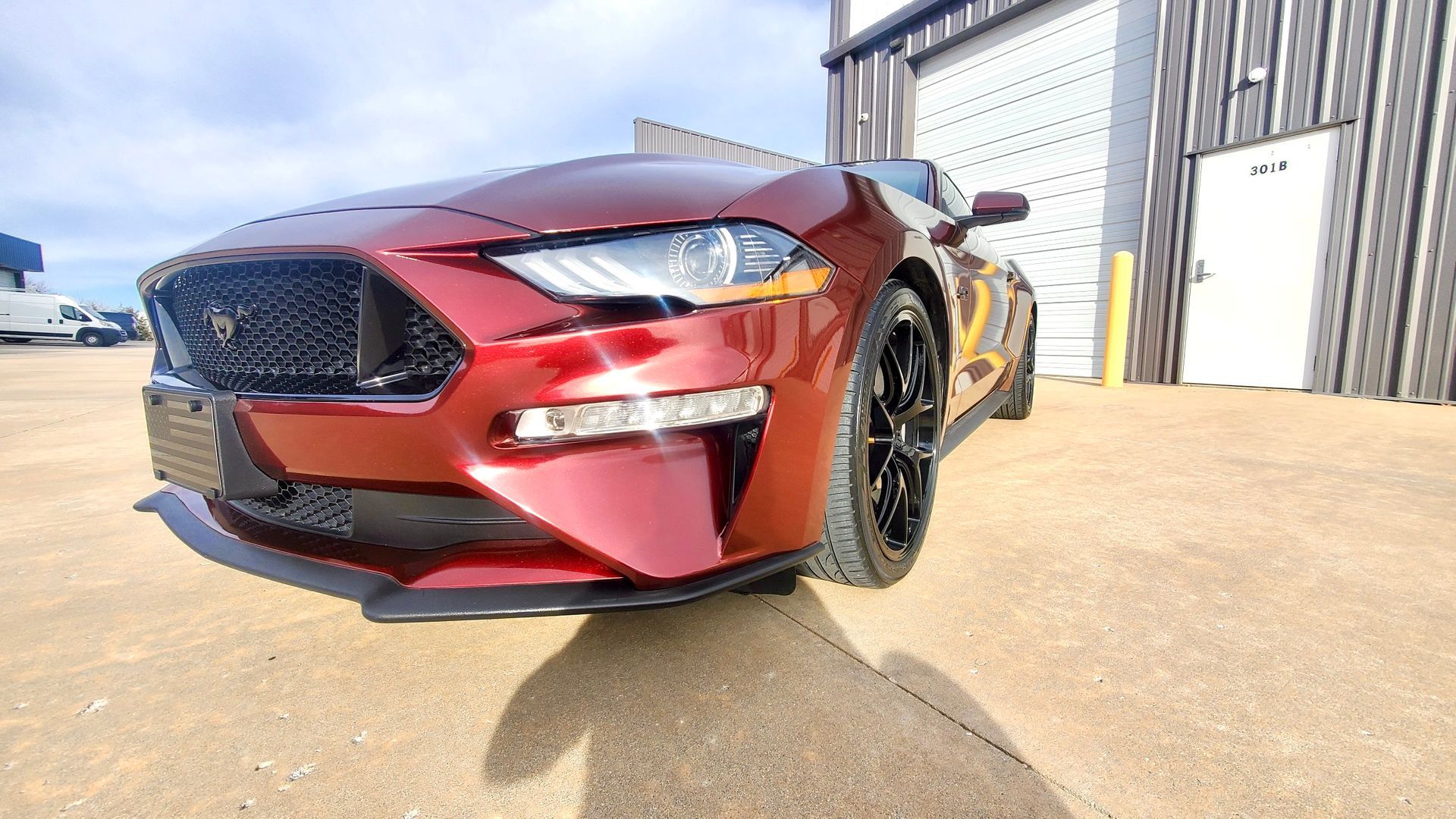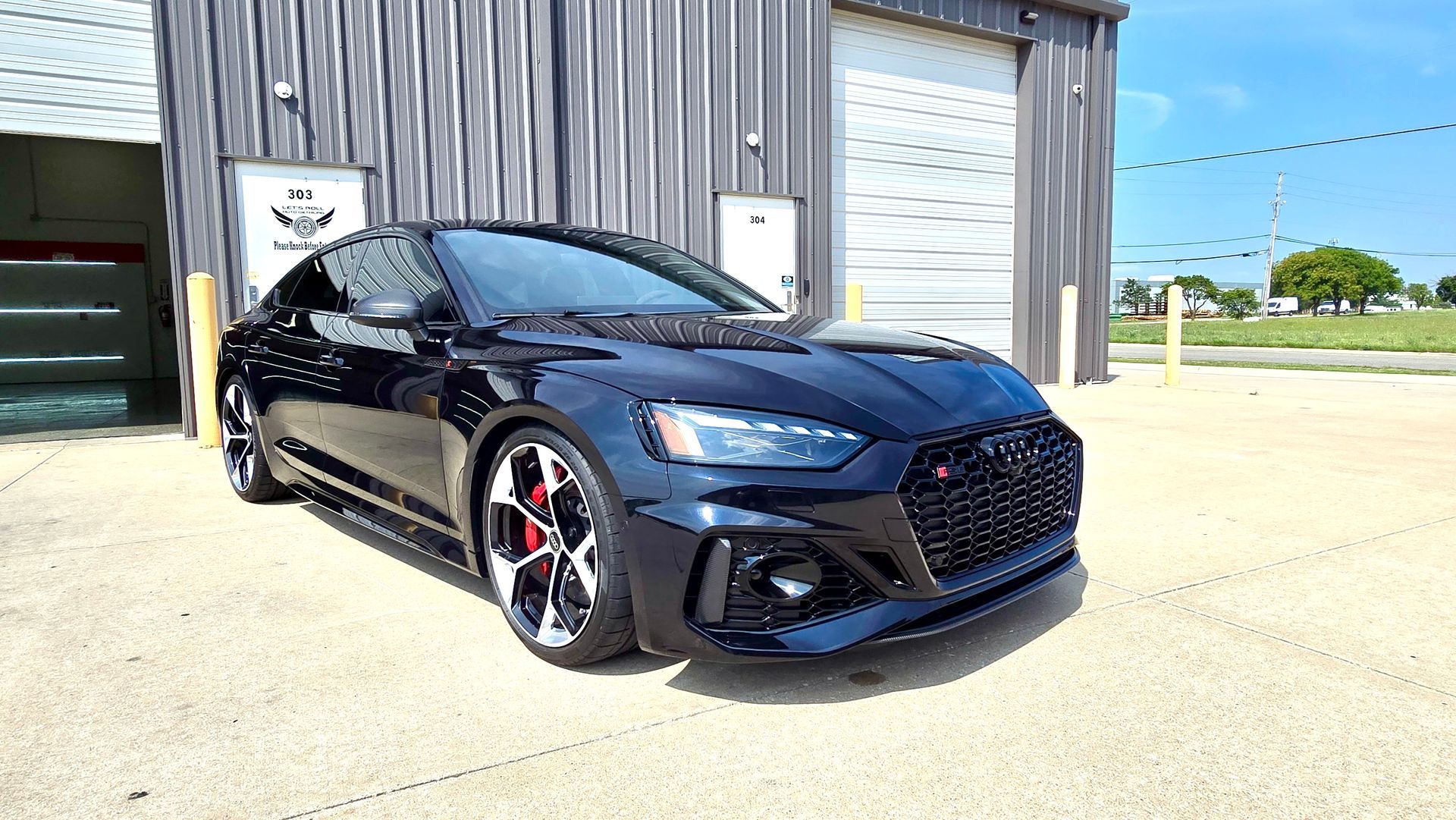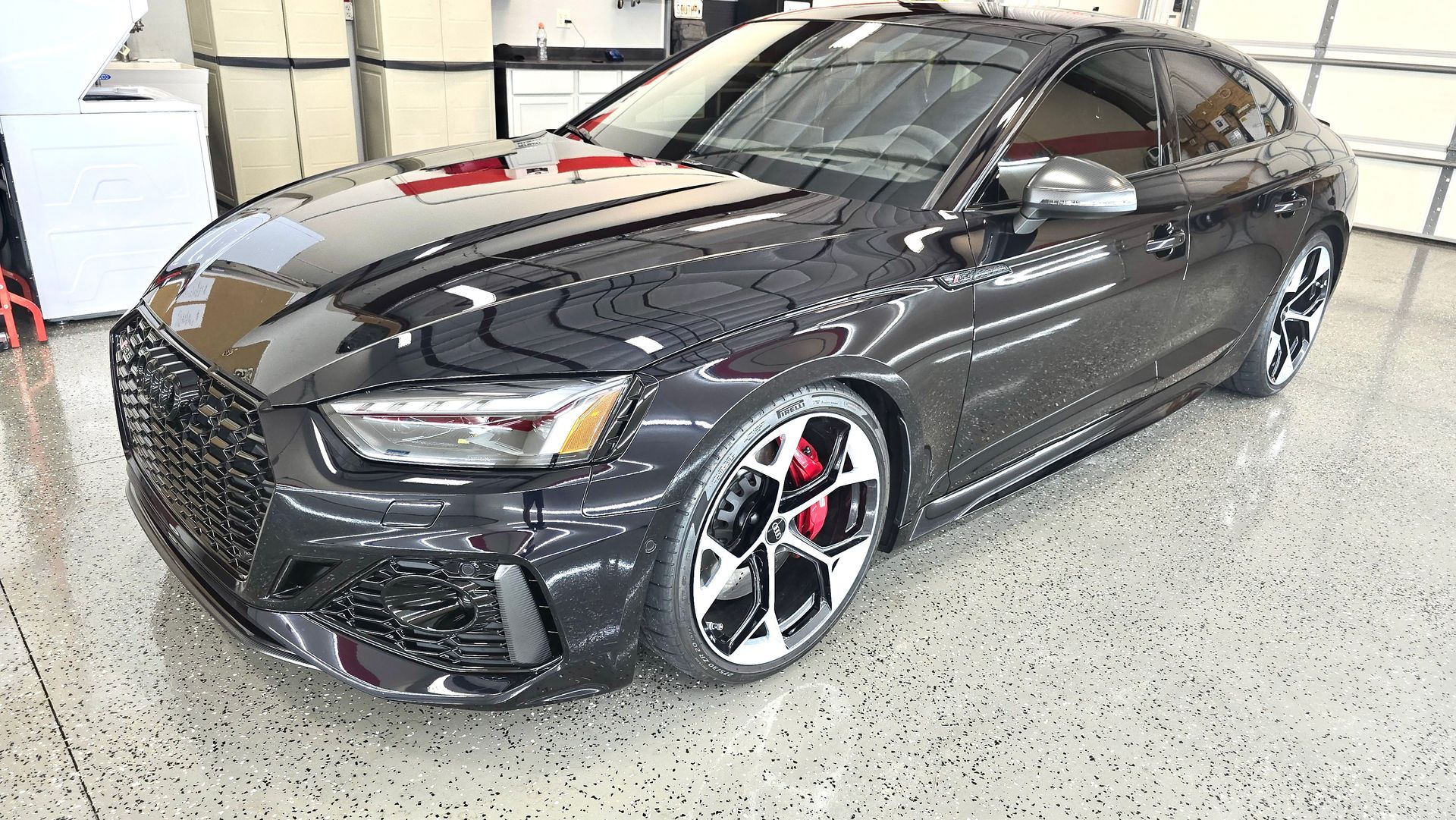How Does Ceramic Coating Work? A Complete Guide to its Benefits and Process
When it comes to protecting your vehicle’s paint, many car owners find themselves overwhelmed by the options available. From traditional waxes to modern sealants, it can be tough to decide which product truly offers the best defense. Ceramic coating is a growing favorite among automotive enthusiasts and everyday drivers alike. This solution not only boosts your car's shine but also provides a robust layer of protection against dirt, UV rays, and harsh environmental conditions.
Ceramic coating works by creating a durable protective layer on the vehicle's paint, composed of polymers that bond chemically with the surface. This layer provides resistance against UV rays, oxidation, chemical contaminants, and dirt, while enhancing the vehicle's gloss and making it easier to clean due to its hydrophobic properties.
How Ceramic Coating Works
Ceramic coating functions through a remarkable process where a semi-permanent, transparent layer is created on a vehicle's paint. At its core, this innovative protection involves the unique properties of silicon dioxide (SiO2), which make up the primary ingredients of the coating. When you apply it to your car, the tiny SiO2 molecules interact with the paint surface, forming an incredibly strong bond that results in a durable layer. This bonding process is crucial; unlike traditional waxes that merely sit on top of the surface, ceramic coatings become integrated within the paint itself, effectively creating a resilient barrier against environmental threats.
Molecular Bonding
The strength of the connection between the ceramic coating molecules and your vehicle's paint is what truly sets these coatings apart from conventional products. Each molecule of SiO2 creates a chemical link with the paint, which significantly enhances durability and resistance to wear. To illustrate, think about how armor protects its wearer; just as armor provides formidable defense by conforming closely to the body, a ceramic coating adheres tightly to your car’s surface, adapting to its contours while offering robust protection against environmental contaminants.
Hydrophobic Effect
Once fully cured, the ceramic coating transforms your vehicle into a water-repellent surface. Water beads up and rolls off effortlessly, taking dirt and debris along with it. This hydrophobic effect not only enhances the aesthetic appeal of your car but drastically reduces the frequency and effort involved in cleaning it. Imagine driving down a rainy road; instead of beads settling onto your finish, they roll away in beautiful globules—your car stays cleaner for longer thanks to this fantastic property.
Understanding these concepts not only highlights the value of ceramic coatings but also sets the stage for exploring additional dimensions that differentiate them from other protective options available on the market today.
Unique Aspects of Ceramic Coating
- Durability: One of the standout features of ceramic coatings is their long-lasting protection. Most products on the market are designed to endure from 2 to 5 years, depending on both the quality of the product and the level of maintenance. This longevity contrasts starkly with traditional waxes or sealants, which often need reapplication every few months. The latter not only saves you repeated effort but also ensures your vehicle remains shielded consistently over time.
- Glossy Finish: Another remarkable characteristic of ceramic coatings is the enhanced glossy finish they provide. After application, many car owners notice that their vehicles exude a shine reminiscent of freshly polished surfaces straight from the showroom floor. This gloss isn’t merely for aesthetics; it serves to increase hydrophobic properties—effectively causing water to bead and roll off the surface. A shiny exterior means dirt and dust have less chance to adhere, keeping your car cleaner longer.
- UV Protection: An element that cannot be overlooked is the UV protection afforded by ceramic coatings. These coatings contain UV inhibitors that act as a barrier against harmful rays, preventing oxidation and fading of your car’s paintwork. Without this protection, prolonged sun exposure can lead to dullness and discoloration over time. Investing in ceramic coating is effectively making a proactive choice to maintain the vibrant appearance of your paint for years to come.
Steps to Apply Ceramic Coating
Applying ceramic coating involves several careful stages, but the end results can significantly increase your car's aesthetic appeal while providing it with a formidable layer of protection. The journey begins with proper preparation—the foundation for everything that comes later.
- Preparation: To kick off the process, thoroughly wash and decontaminate the vehicle. Use a pH-neutral shampoo to gently cleanse away dirt and grime without damaging the paintwork. After rinsing, it’s time to bring out the clay bar. This crucial step removes embedded particles such as industrial fallout or tree sap that normal washing cannot touch. By gliding the clay bar over the surface, you ensure that every nook and cranny is free from contaminants, setting the stage for a smooth application of the ceramic coat in subsequent steps.
- Paint Correction: The paint correction step is paramount; it involves polishing the entire surface to eliminate imperfections like scratches or swirl marks. Think of this as preparing a canvas before painting—if it's not smooth and pristine, any additional layers won’t adhere properly. Investing in a good-quality polishing machine can make this task easier and more effective. Take your time during this step; inspect under good lighting, ensuring you leave behind an impeccable finish. It’s worth noting that if there are heavy imperfections, additional sanding might be required to achieve a seamless surface.
- Application: Pour a small amount of your ceramic coating solution onto an applicator pad—just enough to cover the pad without excess dripping. Begin applying in small sections using a crisscross pattern to ensure even coverage. Less truly is more here; it's easier to add another layer than to correct excessive application. You should feel confident as you methodically coat each segment, watching as it glides smoothly across your vehicle’s previously polished surface, enhancing its shine. Once every section has been covered, allow adequate time for curing.
- Curing: The most critical part of this entire application process arrives during curing, where patience pays off handsomely. Allow the ceramic coating to bond with your vehicle's paint for at least 24-48 hours. During this period, keep water and any external contaminants at bay; some coatings even require more extended periods depending on environmental conditions. Proper curing ensures longevity; giving it this time solidifies its protective properties against UV rays, dirt, and all those pesky contaminants we discussed earlier.
Advantages of Ceramic Coating
The benefits of ceramic coating extend beyond just aesthetic appeal; they fundamentally change how we protect and maintain our vehicles.
- Enhanced Durability: One of the most significant advantages is enhanced durability. When you apply a ceramic coating, you're not just adding a layer that looks good—you're giving your car robust armor against everything it faces on the road. This technology provides long-term protection against environmental contaminants, acting as a shield against harmful UV rays, dirt, salt, and even acid rain. It’s designed to withstand various weather conditions, ensuring that your investment remains in excellent condition regardless of what Mother Nature throws its way.
- Easier Maintenance: Beyond protecting your paintwork, ceramic coatings also make cleaning much easier. Vehicle owners often find that they spend significantly less time washing their cars due to the hydrophobic properties of the coating, which effectively repels water and dirt. To illustrate this point, consider how cooking with a non-stick frying pan changes the game—dirt and grime slide off effortlessly, and so does water on a ceramic-coated surface. This feature can save you both time and energy, transforming car care from a chore into a simple wipe-down.
- Improved Resale Value: Not only do ceramic coatings provide immediate benefits, but they also contribute to the long-term health of your vehicle's value. A well-maintained car with a ceramic coating typically fetches a higher resale price because buyers are drawn to its glossy finish and protection from wear. When prospective buyers see that glossy exterior shining in the sunlight, they can easily imagine how well the car has been taken care of. Therefore, investing in ceramic coating isn't just about aesthetics; it's also a wise financial decision for anyone looking to maintain or improve their vehicle's resale potential.
Exploring these points reveals extensive benefits that enhance not just your vehicle's appearance but also its longevity and value.
Evaluating the Value of Ceramic Coating
Determining whether ceramic coating is worth the investment can feel overwhelming, especially with so many options on the market. However, understanding the cost-benefit analysis can clarify things significantly. By considering both initial costs and long-term gains, car owners can make informed decisions that align with their needs and lifestyle.
Cost-Benefit Analysis
When you weigh the pros and cons, the longevity of ceramic coatings starts to paint a clearer picture. While ceramic coatings demand a higher upfront investment, they offer durability that traditional wax simply cannot match. You're not just paying for a new product; you're buying peace of mind that your vehicle’s paint will be shielded from environmental hazards for years to come. Moreover, the low maintenance cost associated with ceramic coatings means fewer trips to service centers and less time spent on upkeep.
Final Consideration
Taking a step back to weigh these factors helps clarify whether this technology is right for you. If you're looking for something that promises long-lasting protection while enhancing aesthetics without excessive maintenance, then ceramic coating could indeed be the game-changer you've been seeking. Understanding these elements ensures you make choices that not only meet budgetary constraints but also suit your lifestyle and expectations for your vehicle's condition over time.
Assessing both cost and lasting value allows you to make a confident decision about investing in ceramic coating for your car.
Top-Notch Ceramic Coating Services in Wichita, KS
Protect your vehicle with the
outstanding ceramic coating services from Let's Roll Coatings in Wichita, KS. Our team specializes in applying premium ceramic coatings that provide durable, long-lasting protection against the elements, preserving your car’s paint and enhancing its shine. With an eye for quality and detail, Let's Roll Coatings ensures every application is smooth and flawless, helping to safeguard your investment while adding a brilliant finish. Choose Let's Roll Coatings for a service that combines advanced protection with a beautiful, lasting gloss—schedule your ceramic coating today and experience the ultimate in automotive care. Call us at (316) 295-0787!

